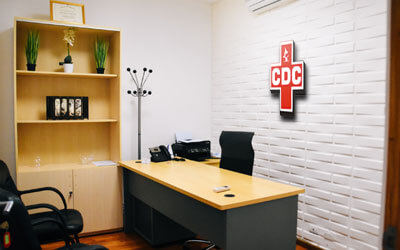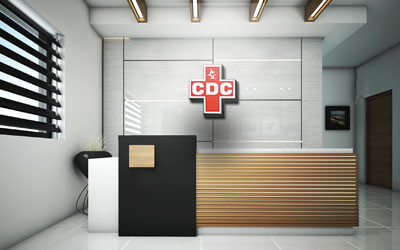Polysomnography monitors your sleep stages and cycles to identify if or when your sleep patterns are disrupted and why.
Your doctor may recommend polysomnography if he or she suspects you have:
01
Sleep apnea or another sleep-related breathing disorder. In this condition, your breathing repeatedly stops and starts during sleep.
02
Periodic limb movement disorder. In this sleep disorder, you involuntarily flex and extend your legs while sleeping. This condition is sometimes associated with restless legs syndrome.
03
Narcolepsy. You experience overwhelming daytime drowsiness and sudden attacks of sleep in this condition.
04
REM sleep behavior disorder. This sleep disorder involves acting out dreams as you sleep.
05
Unusual behaviors during sleep. Your doctor may perform this test if you do unusual activities during sleep, such as walking, moving around a lot or rhythmic movements.
06
Unexplained chronic insomnia. If you consistently have trouble falling asleep or staying asleep, your doctor may recommend polysomnography.
Results
The measurements recorded during polysomnography provide a great deal of information about your sleep patterns. For example:
01
Brain waves and eye movements during sleep can help your health care team assess your sleep stages and identify disruptions in the stages that may occur due to sleep disorders such as narcolepsy and REM sleep behavior disorder.
02
Heart and breathing rate changes and changes in blood oxygen that are abnormal during sleep may suggest sleep apnea.
03
Correct settings for PAP or oxygen in case your doctor would like to prescribe these for home use.
04
Frequent leg movements that disrupt your sleep may indicate periodic limb movement disorder.
05
Unusual movements or behaviors during sleep may be signs of REM sleep behavior disorder or another sleep disorder.




